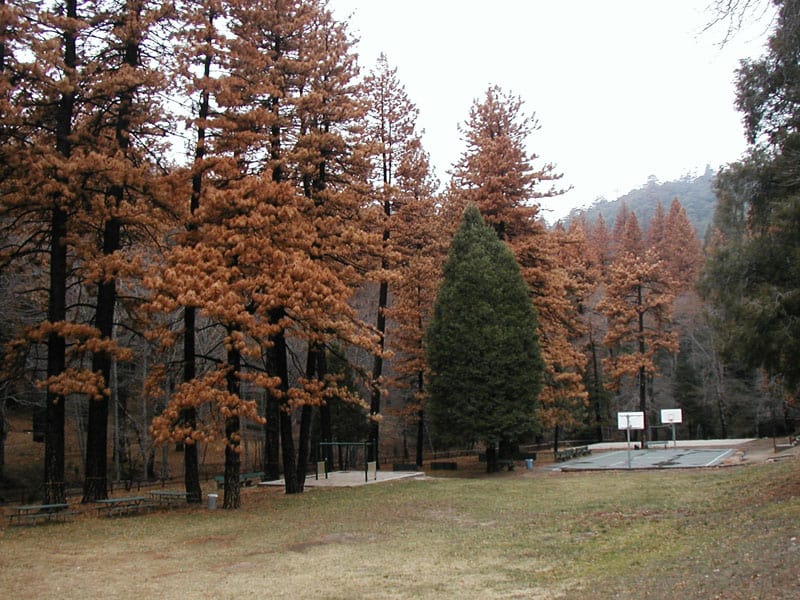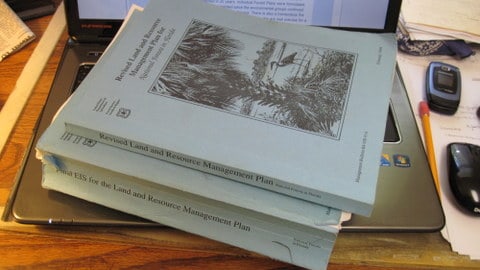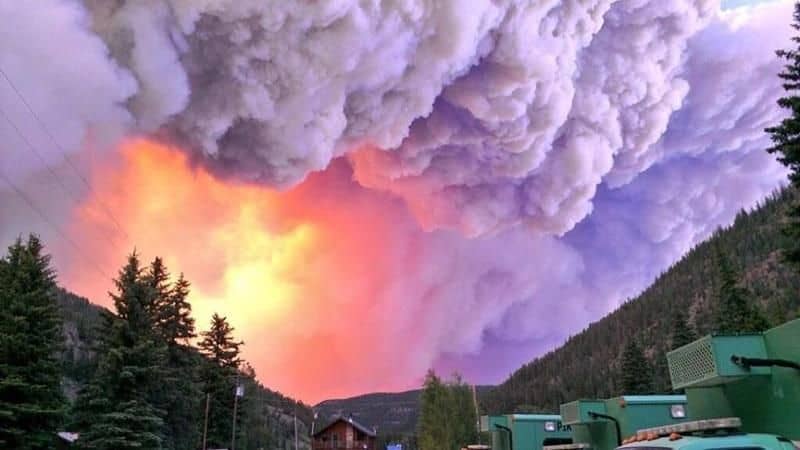Last week I had to shake my head and literally laugh at some of the predictable statements of supposed fact being made during a hearing of the House Natural Resources Subcommittee on Public Lands and Environmental Regulation. Since one of the articles about the hearing has just been posted here, I figured I’d put together a fact-checking post of sorts.
“We need to invest more resources up front to keep our forests green and healthy, rather than wait until they are dead and dying, or on fire,” -Chuck Roady of F.H. Stoltze Land and Lumber
That’s a good example of a pollyannish statement that has no basis in actual forest ecology and science.
“Rep. Steve Daines, R-Mont., said another problem hampering the federal government’s ability to manage forests is an onslaught of frivolous lawsuits filed by environmental groups against the Forest Service.”
Filing of “frivolous lawsuits” is illegal, Congressman, and any attorney that files an actual “frivolous lawsuit” would be punished by the Courts and possibly even dis-barred. There has never been one single “frivolous” lawsuit filed in Montana, or elsewhere, concerning Forest Service timber management. I’d challenge my Congressman Daines, or anyone else, to provide one concrete example.
Also,
“onslaught of frivolous lawsuits?” Or Daines claim that: “He said about 40 percent of the 124 management projects in Region 1, which includes Forest Service land in Montana and Idaho, have been appealed or litigated.”
Fact is, according to the most-recent GAO report, of 132 total “fuel reduction” decisions in the Forest Service’s Northern Region only 11, or 8% were litigated. And those “fuel reduction” projects that were litigated includes issues such as logging in old-growth forests miles from homes or communities, logging within habitat for threatened or endangered species, logging is areas that are already heavily logged, roaded and fragmented, etc.
Also, the truth is that the public appeal process is part of the official public review process established by the US Congress. A member of the US Congress complaining that some people or groups filed used the public appeal process set up by Congress is the same as complaining that people participate in the process at all. What’s next Congressman Daines? Bitching that citizens actually vote?
According to the actual actual GAO report the US Forest Service Northern Region had 132 total fuel reduction decisions during FY 2006 to FY 2008. Of those 132 total fuel reduction projects 11 were litigated. That comes to about 8%.
Jim Hubbard, deputy chief of state and private forestry for the Forest Service, said “such suits have ‘virtually shut things down’ on national forest land in Montana, ‘and so environmental clearance there … has been difficult.’”
Hmmmm….”Virtually shut things down” Hubbard? Really?
Here’s a link to the Forest Service’s Timber Sale Program Cut and Sold Reports for Fiscal Year (FY) 2012 in the U.S. Forest Service Region One.
Please note that over the past five years the Forest Service in Region One (which includes 12 National Forests located within the perimeter of northeastern Washington, northern Idaho, and Montana; and the National Grasslands in North Dakota and northwestern South Dakota. the Black Hills in SD) has sold enough timber to fill 239,000 log trucks, which if lined up end-to-end, would stretch 2,048 miles, or nearly from Missoula, Montana to New York City.
According to the Forest Service’s Cut and Sold report, here are the numbers over the past five years for the Forest Service’s Region One:
• FY 2012 Region One sold 208.3 MMBF, cut 219.4 MMBF (“Virtually shut things down?”)
• FY 2011 Region One sold 211.9 MMBF, cut 202.0 MMBF. (“Virtually shut things down?”)
• FY 2010 Region One sold 253.4 MMBF, cut 188.7 MMBF. (“Virtually shut things down?”)
• FY 2009 Region One sold 292.9 MMBF, cut 186.0 MMBF. (“Virtually shut things down?”)
• FY 2008 Region One sold 229.2 MMBF, cut 167.4 MMBF. (“Virtually shut things down?”)
NOTE: MMBF = million board feet. There are approximately 5,000 board feet per logging truck.
As you notice, the volume of timber sold by the US Forest Service in our Region has stayed pretty steady, while the volume of timber cut per year has actually gone up slightly during the past five years. But, hey, the Forest Service timber sale program in the Northern Region is “Virtually shut down,” right Hubbard?
So, consider these actual numbers and this image of log trucks lined up end-to-end across the country in the context of those calling for more logging of our national forests and spreading false, misleading and self-serving lies about “Virtually shut things down.”




